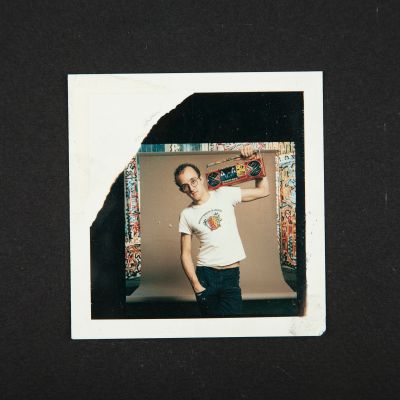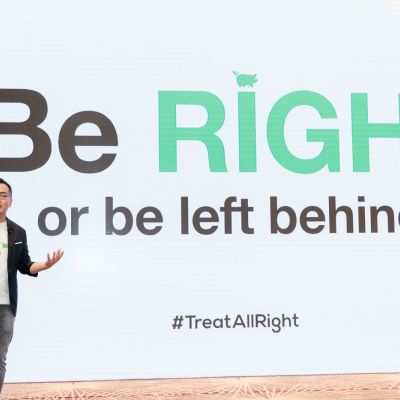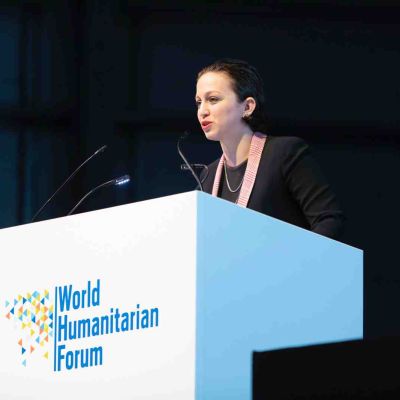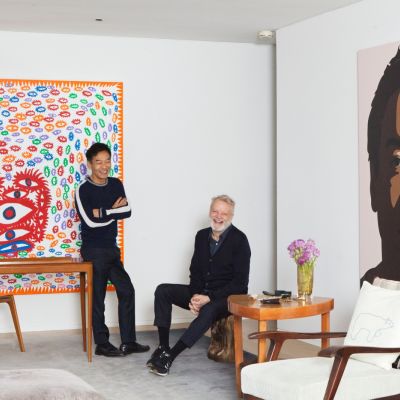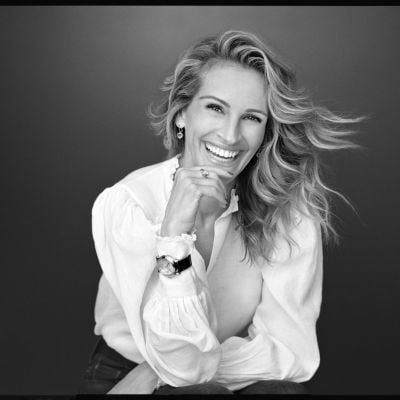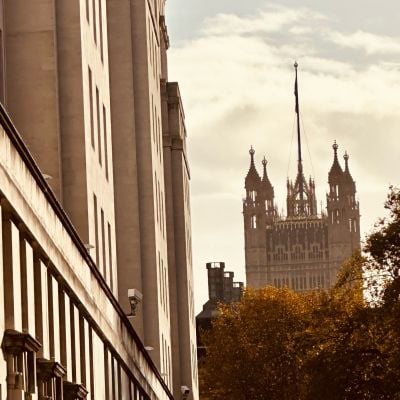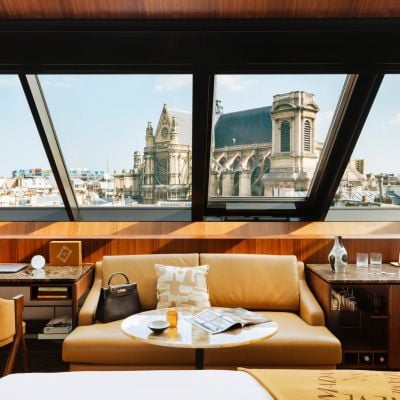The Education Revolution
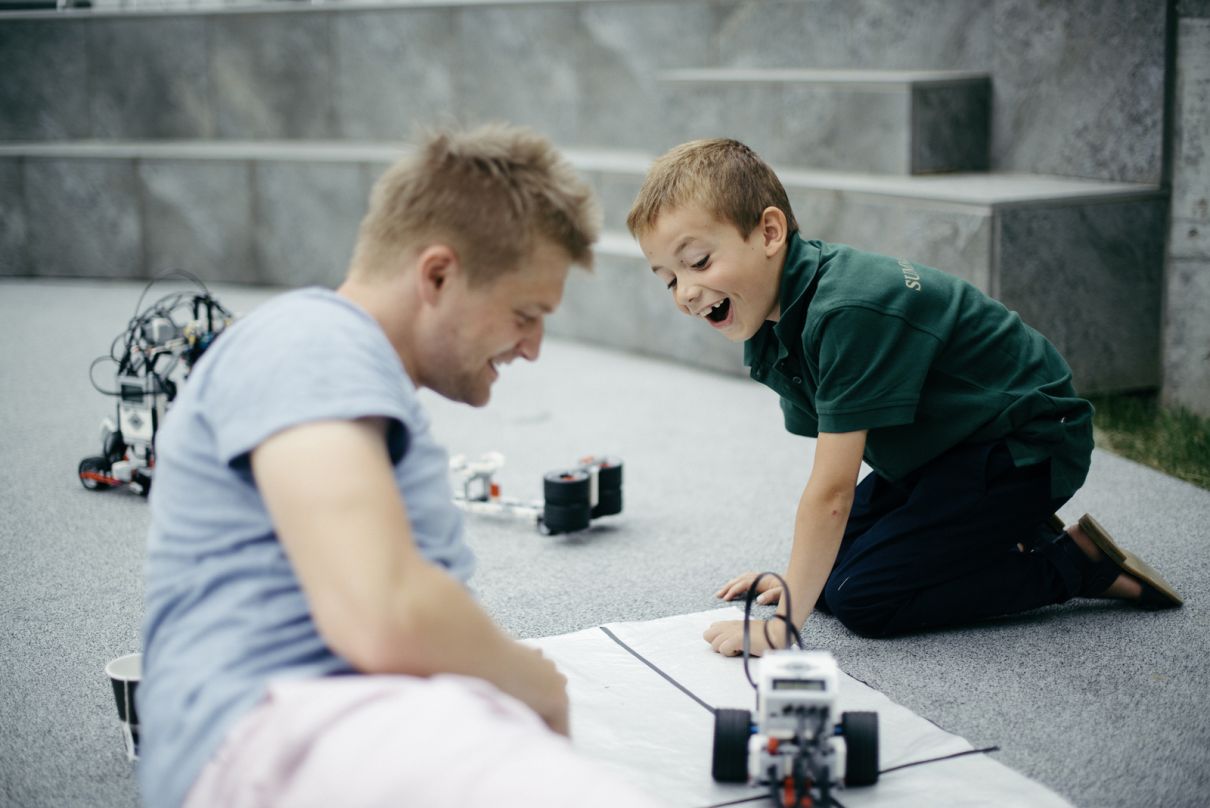
People fed up with an antiquated education system are doing something about it.
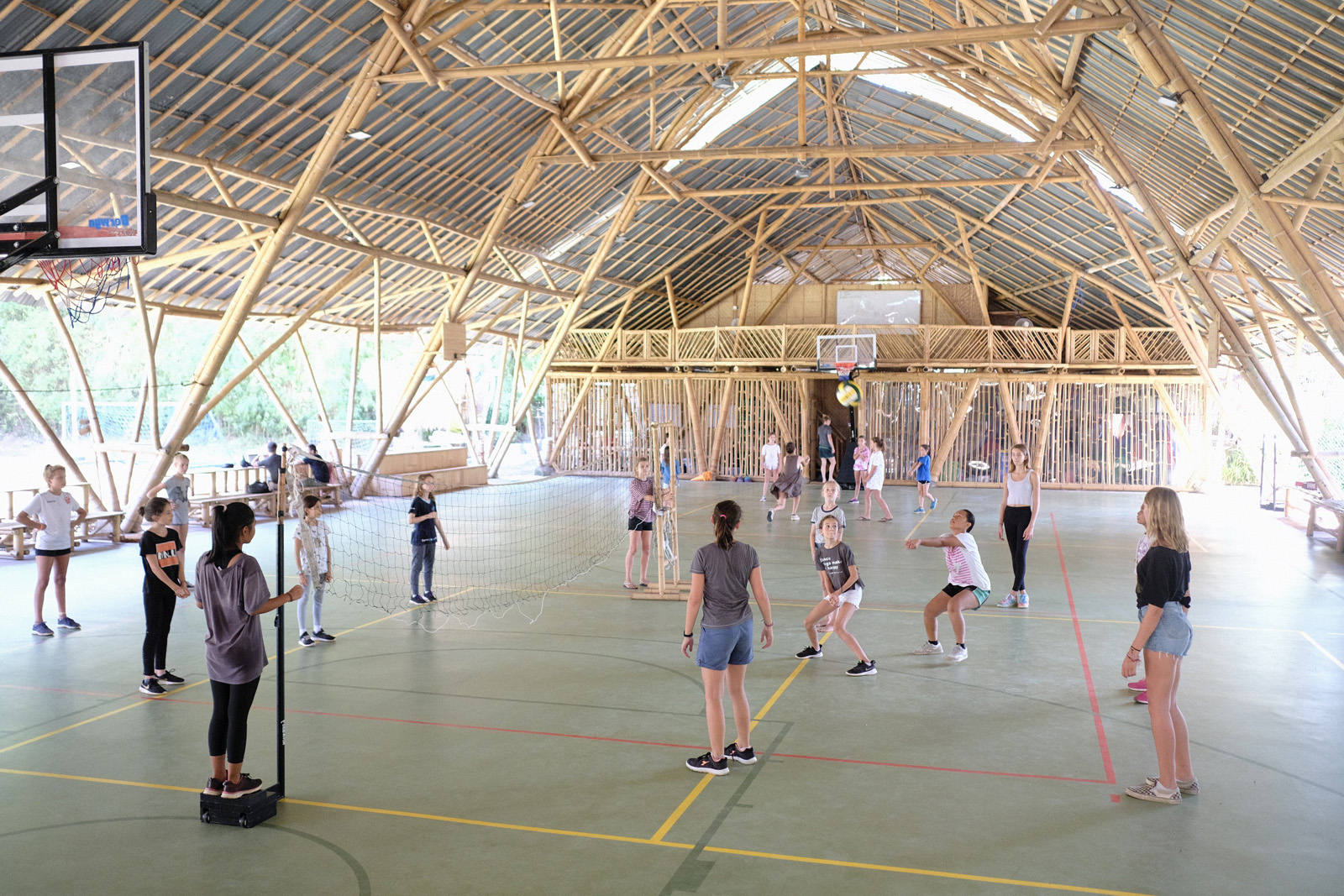
“Schools kill creativity,” was the opinion of college dropout Steve Jobs, who added that they “turn people into bozos”. “America’s high schools are obsolete,” said Bill Gates.
“There’s no need to go to college, or even high school,” said Elon Musk, who explained that conventional education is usually given by people who have done “20 years of lectures in a row and they’re not very excited about it”.
These arguments are not against education, but against our current learning system, which increasingly seems to be missing the mark. If you ask most people how much of their school learning they apply to everyday scenarios, most will say a tiny proportion, if anything at all. Now, there is unprecedented demand for new skills and industries. Many of our children will work in jobs that do not yet exist, yet our learning system remains rooted in the nineteenth century.
"Education systems have grown increasingly disconnected from the realities and needs of global economies and societies," according to a new white paper published by the World Economic Forum, 'Schools of the Future: Defining New Models of Education for the Fourth Industrial Revolution.' The report described most education as relying heavily on passive learning focused on direct instruction and memorisation, rather than interactive methods to promote the critical thinking needed in today's innovation-driven economy.
According to one estimate, as much as US$11.5 trillion could be added to global GDP by 2028 if countries succeed in better preparing learners for the needs of the future economy.
Large-scale change is underway. The Organisation for Economic Co-operation and Development (OECD) is putting together a roadmap to restructure learning, helmed by education expert Andreas Schleicher. Called ‘The Future of Education and Skills 2030’, the idea is to orient students in a world of uncertainty and rapid change, helping them navigate towards the future.
But one of the key challenges facing conventional schooling is the implementation time for changes to the curriculum. It’s hard to see how a new OECD guideline will change that. Red tape and myriad signoffs from multiple layers hamper the process of making relevant changes.
Which is why independently run schools seem to be gaining traction. “There is a more entrepreneurial mind-frame. We can agree on something and we can have it on the curriculum in a few days’ time to keep learning relevant,” says Bernhard Gademann, principal of Institut auf dem Rosenberg, a private international boarding school based in St. Gallen, Switzerland, which takes an unorthodox approach to education. He says that one key benefit of being independent is not having to answer to convoluted bureaucracy to adapt the curriculum.
“We may have a strong inclination of how the world is developing, but even if you know how to implement that, for a traditional school it would take several years to deliver the curriculum. By the time you’ve written it, made sure everyone agrees, trained the teachers and rolled it out, several years have passed,” he says.
At the Institut auf dem Rosenberg this term they are working on a greenhouse project, which will see students working together to build two greenhouse domes, one simulating the current weather, one simulating the weather by 2050, and see what grows. “They will maintain the domes, create irrigation systems and, most importantly, get their hands dirty,” says Gademann.
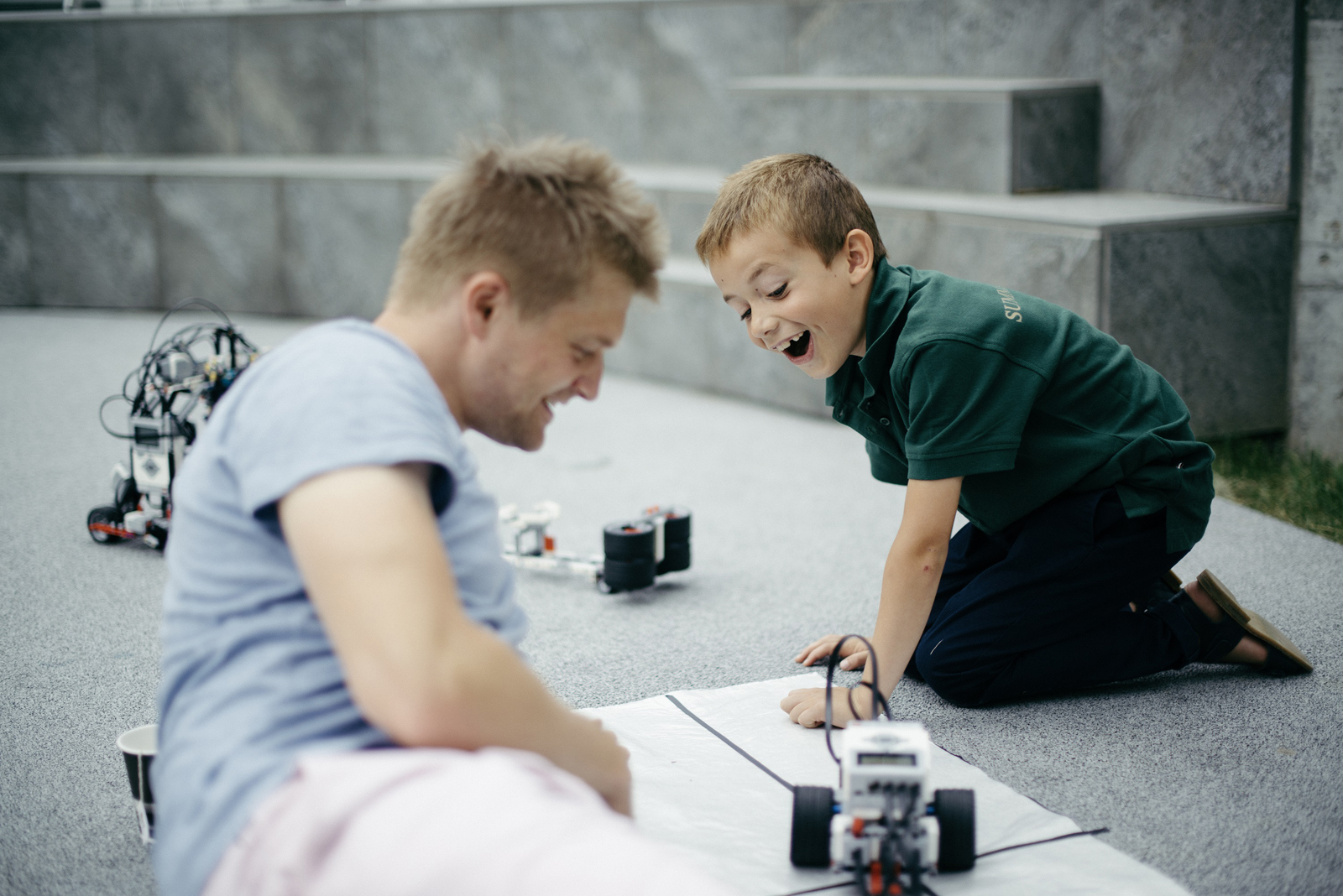
Gademann acknowledges that to go to university and higher education, children still require GSCEs and A-levels, but this should not be the Holy Grail. “Traditional exam-based teaching is outdated. Preparing kids for exams should not be considered education,” he says.
In addition, it runs what it calls a talent enrichment programme of extra-curricular activities: from robotics to philanthropy, to business or the arts. This is centred around personalised learning and what sparks interest in each child, usually with a practical application. It would not be unusual for children aged 14 to be learning about wealth creation, investing, stock markets and compound interest, for instance.
“This type of course ensures what students do has a real-life context, if you’re thinking, for example, of running the family company,” says Gademann, who himself is the fourth-generation headmaster of the school. With a student/teacher ratio of two to one, an education such as this does not come cheap. A year at the Institut costs an average of CHF130,000 (US$133,000) for tuition, board and lodging and any extras such as school trips to art foundations. But Gademann says it is a worthwhile alternative to “16-20 years wasted in the conventional system”.
While there are many arguments about the best format for education, it seems that one thing cannot be disputed: the superiority of personalised learning, combining digital tools, support and teachers for students to work at their own pace. A study by the Rand Corporation showed that among 62 schools using personalised learning, students made more progress in two years than their peers at other schools, despite starting below the national average at mathematics and reading.
This was Bill Gates’s feeling when he endorsed Summit Sierra in Seattle, part of a network of Charter Schools that uses software developed by Facebook to guide student learning. Summit teachers are matched with students who they will mentor for four years. Student and teacher sit down one on one, set a goal like, ‘I want to study at the University of Washington’, and then figure out all the courses they need to achieve it and the grades they will need, and what it will take to get that grade.
Gates said in his blog, Gates Notes: “I wish I’d had a system like that when I was in school.”
Meanwhile in Peru, another billionaire has taken his country’s education into his own hands. In 2011 Carlos Rodriguez-Pastor, with the help of design firm IDEO, created Innova Schools. The inspiration was a combination of blended learning using technology and independent study. There are now over 50 Innova Schools serving some 40,000 students around the country, and Innova is now the largest network of private schools in the country. School days are broken into two: half the day in small classes focused on problem solving and peer collaboration; and the other half spent on independent learning, using free sites such as Khan Academy and Time To Know.
Meanwhile in Bali, in 23 acres of rolling jungle close to the Ayung River, The Green School is another learning centre challenging the status quo. Dedicated to a mantra of sustainability, most of its buildings and structures, even down to the free bikes and basketball backboards, are made from bamboo. School lunch, mainly vegan or raw, is served in a straw basket lined with a banana leaf. Paths are constructed from volcanic rock, so you have to pay attention to where you put your feet. As an introduction to finance, fourth graders at The Green School applied for a loan to buy chickens and now raise them to sell their eggs.
“When you’re connected to nature you learn so much, about the world and about yourself,” says Cynthia Hardy, who founded The Green School with her husband John Hardy 12 years ago. Their daughters Chiara and Carina were two of the first to attend (and later went to Yale and Columbia universities). The Hardys knew Bali intimately through running a jewellery business for many years but, as their daughters reached school age, they faced an impossible decision.
“John is a genius but quite dyslexic; he hated school himself. And he was adamant that we wouldn’t send our children to a school that would kill their creativity,” recalls Cynthia. “We wanted to get away from the grey walls, the fluorescent lights, the rigid curriculums. So, we built the opposite.”
Today, The Green School has an alumni of 530 children, mainly families from the US and Australia who have moved primarily for the school. With the workplace becoming increasingly digital, there is a less of a need for families to be tied to a single location, explains Cynthia. And through its annual fees of around US$15,000, the school also supports scholarships for local Balinese children who make up about a 10th of its alumni. It offers its own international curriculum, a patchwork of the best bits of the British, US, Singaporean and European systems.
This year, The Green School is set to open its first franchised campus in New Zealand; and, in 2021, two more in South Africa and Tulum, says Cynthia, adding that there’s been huge demand from people wanting to set up their own Green Schools.
“When you are in a creative community without walls, it is all about the power of yes and you realise you can do anything. Today, we are not raising the Goldman Sachs generation, we are raising the environmentalists, the green warriors, and I have immense faith in and hope for these children.”
This article originally appeared in Billionaire's March 2020 Issue, themed on Legacy. To subscribe contact

